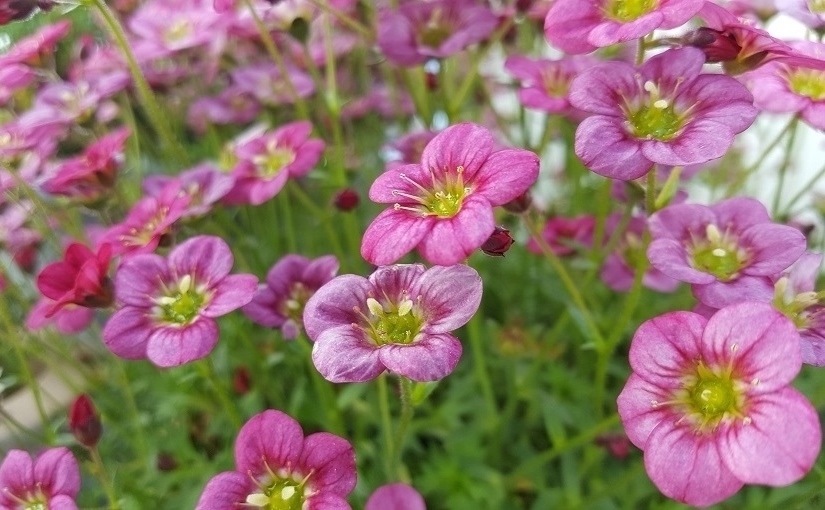A garden can be said to exist by having a boundary and, within that, a single regulatory or guiding presence: some wall or line where the gardening ends and nature begins again. There’s this sense of creating a space where we have a role to play, where our actions can combine with the forces of nature to bring something else into being.
It’s a thought that’s interesting enough in terms of gardening itself – the vision we have; the tough choices we also have if we hope to realise it; ways executing our goals might involve as much death as it does life; and the alternative possibilities that must often fall away if our plans are to be successful. Nature can be a pretty powerful metaphor for understanding our agency in life (see Note One).
Beyond that, we could look more generally at how limits serve to define us. How youth holds meaning because it ends and arguably has to be used wisely. How those times we limit our options are the times something can happen, in relationships or work for example. How by saying “No” to some things, we’re saying “Yes” to others. Definition then acting almost as a doorway to growth, change, or power.
All these pinch points of the paths we take becoming the lives we lead and what matters most to us. We might question whether life has much meaning, much power, without decisions having been made (Notes Two). Whether we would be ourselves without the ways we’re different from others – our stories, wounds, insights, and all those things we express through our existence.
This sense of definition and expression can be intriguing: how any act of drawing a line creates both an identity and an opportunity to develop something further; carving out territory that can be worked over, taken in hand, or made into common ground. It might be our space, but we might also cultivate it for the benefit of others (Note Three).
Talking about gardens or individuals, the principles seem comparable. We make choices, play to strengths, tackle problems, bear fruit in some areas, and ultimately contribute to the world around us through our vigilance or oversight (Notes Four). We can develop a vision and make the best of what we have, investing time and doing what we can with our understanding, capacity and resources.
It’s a slightly obvious metaphor, but the thought of gardens only existing through being distinct from, yet related to, what surrounds them is quite fascinating. Only through boundaries do we gain control over that space and the potential to change it. Only by deciding what we want to happen can we weed out that which we don’t. Through definition, we gain the power to establish those rules.
What we make of things – what we let grow, what spills over, what we put into the world, and what all that can represent within our natural and social environments – must rest within our hands, in our response to what we find.
Notes and References:
Note 1: Gardening as therapy, the light and the dark
Note 2: Masks we all wear
Note 2: The need for discernment
Note 2: “Women who run with the wolves”
Note 3: Gardening & local environment
Note 4: Can we reinvigorate how we’re living?
Note 4: The creativity of living

